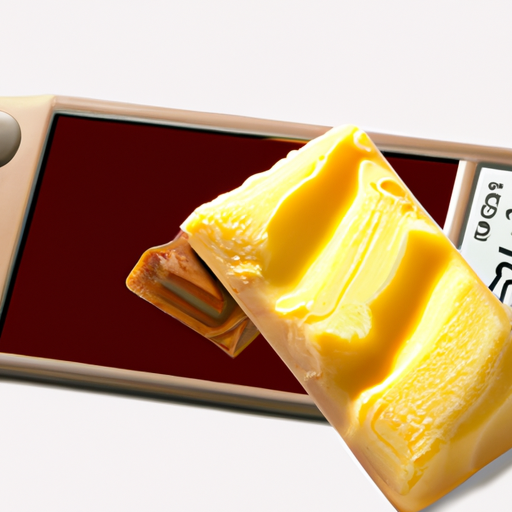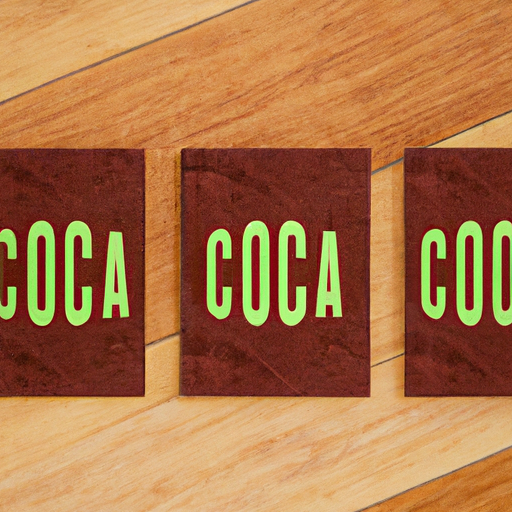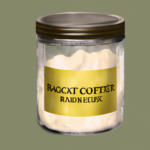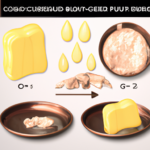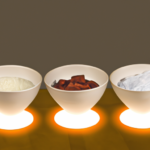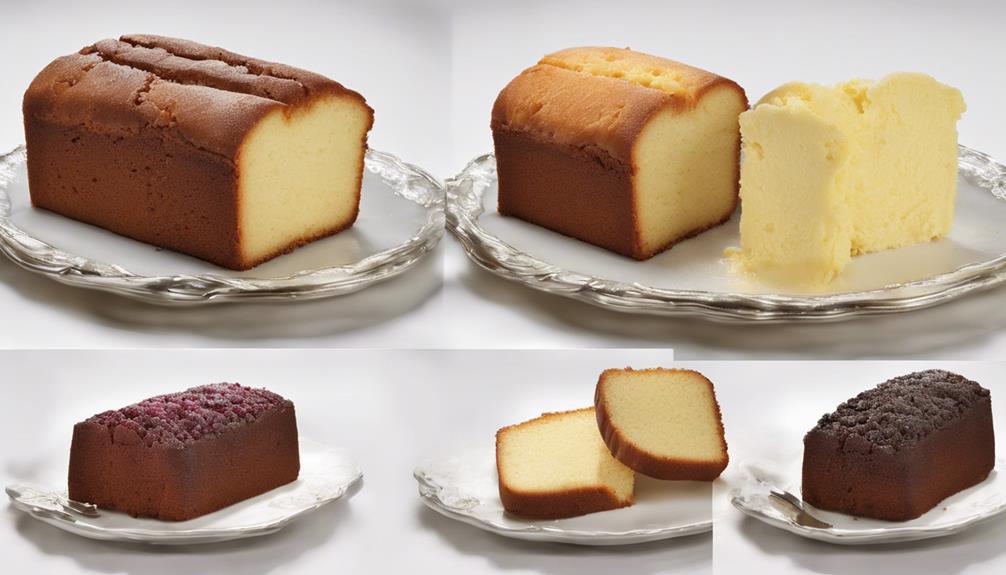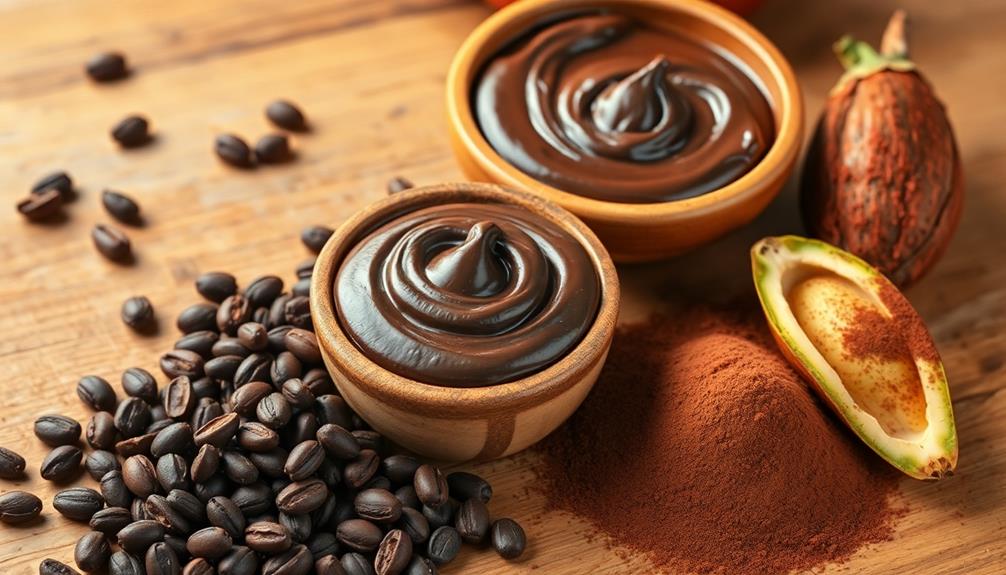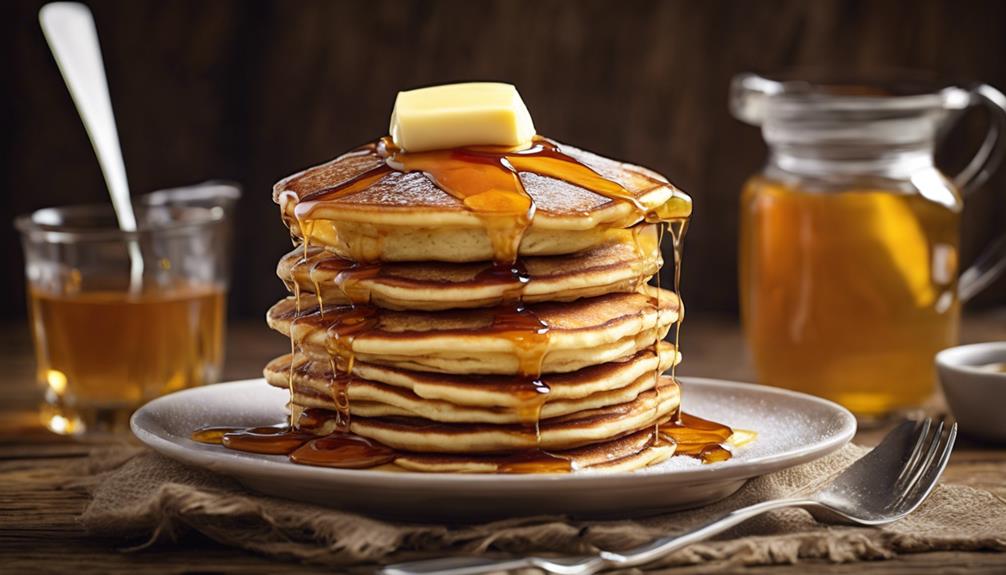In this article, I will explore the significance of raw cacao butter and why it is essential to monitor its temperature.
We’ll explore the ideal temperature range for keeping it raw and how heating can affect its nutritional benefits.
I’ll even throw in some tips on how to maintain that perfect temperature.
But that’s not all!
We’ll also explore some mouthwatering raw cacao butter recipes and debunk common misconceptions about this delectable ingredient.
So, whether you’re a seasoned chocolatier or just a curious food enthusiast, get ready to uncover the secrets of raw cacao butter and learn how to incorporate it into a healthy diet.
It’s time to take your cacao knowledge to the next level!
Key Takeaways
- The ideal temperature range for raw cacao butter is between 85°F and 93°F (29°C to 34°C).
- Cacao butter has a melting point of around 93°F (34°C).
- Exposing cacao butter to high temperatures can cause it to lose beneficial compounds.
- Gentle heat should be used to preserve the nutritional benefits of cacao butter.
The Importance of Raw Cacao Butter
Raw cacao butter is important for several reasons. First and foremost, it provides a delicious and creamy taste that melts in your mouth. But beyond its taste, raw cacao butter is a superfood powerhouse, packed with natural nutrients and antioxidants. These antioxidants can help protect your skin against free radicals and reduce signs of aging. Additionally, raw cacao butter is rich in fatty acids that nourish and moisturize the skin, improving its texture and appearance. Many people even use raw cacao butter in homemade beauty products like body butters and lip balms to take advantage of its hydrating and rejuvenating properties. With all these benefits in mind, it’s clear why raw cacao butter is considered so important.
Now, let’s move on and discuss the ideal temperature range for raw cacao butter.
The Ideal Temperature Range for Raw Cacao Butter
Indulging in the velvety smoothness of cacao butter is like basking in the sun-kissed embrace of a tropical paradise. When it comes to maintaining the raw integrity of cacao butter, temperature plays a crucial role.
The ideal temperature range for raw cacao butter is between 85°F and 93°F (29°C to 34°C). This range ensures that the cacao butter remains in its solid state, yet soft enough to easily incorporate into recipes.
It is important to note that cacao butter has a melting point of around 93°F (34°C), which means that it can easily lose its nutritional benefits if exposed to higher temperatures for an extended period. By maintaining the ideal temperature range, we can ensure that the raw cacao butter retains its valuable nutrients and continues to provide us with its healthful qualities.
Transitioning into the subsequent section, it is also important to consider other factors that contribute to preserving the nutritional benefits of raw cacao butter.
Retaining the Nutritional Benefits of Raw Cacao Butter
To retain the nutritional benefits of raw cacao butter, it is crucial to take steps to preserve its healthful nutrients. Exposing cacao butter to high temperatures can cause it to lose beneficial compounds like antioxidants and essential fatty acids. To prevent this loss, it is important to keep the temperature of cacao butter below its melting point, which is around 93°F (34°C). By maintaining a lower temperature, you can ensure that the nutritional properties of the cacao butter remain intact and fully enjoy its numerous health benefits. Moving forward, let’s delve into the effects of heating on cacao butter’s properties and understand how temperature impacts this delicious ingredient.
The Effects of Heating on Cacao Butter’s Properties
The effects of heating on cacao butter’s properties can be significant. Cacao butter is known for its high nutritional value, including its antioxidants and healthy fats. However, when exposed to high temperatures, these beneficial properties can be compromised.
Heating cacao butter above its melting point, which is around 93°F (34°C), can cause the breakdown of its molecular structure, resulting in a loss of nutrients and potential oxidative damage. To maintain the temperature of raw cacao butter and preserve its beneficial properties, it is important to use gentle heat and avoid overheating.
This will ensure that the cacao butter retains its nutritional benefits and remains suitable for consumption. Transitioning into the subsequent section about tips for maintaining raw cacao butter’s temperature, it is essential to follow specific guidelines to prevent overheating and preserve its raw qualities.
Tips for Maintaining Raw Cacao Butter’s Temperature
To ensure the optimal preservation of its beneficial properties, it’s important to handle cacao butter with care and avoid subjecting it to excessive heat.
Maintaining the temperature of raw cacao butter is crucial during the melting process. The ideal temperature range for melting cacao butter is between 104°F (40°C) and 113°F (45°C). At temperatures above this range, the butter may start to lose some of its nutritional value and beneficial compounds.
To maintain the temperature, it is recommended to use a double boiler or a controlled heat source to gently melt the cacao butter. It’s important to avoid direct heat or prolonged exposure to high temperatures, as this can cause the butter to become overheated and potentially degrade its quality.
By carefully controlling the temperature during the melting process, you can ensure that the cacao butter retains its raw properties and benefits. This will set the stage for exploring raw cacao butter recipes and uses in the subsequent section.
Raw Cacao Butter Recipes and Uses
Discover the versatility of this nutrient-rich ingredient by exploring a variety of delicious recipes and creative ways to incorporate raw cacao butter into your culinary adventures. Raw cacao butter is not only a fantastic addition to desserts, but it can also be used in skincare products for its nourishing properties. Here are some recipe ideas to inspire you:
-
Dessert Recipes:
-
Raw cacao butter truffles: Roll melted cacao butter with raw cacao powder and sweeteners for a decadent treat.
-
Raw cacao butter fudge: Combine melted cacao butter with nut butter, sweeteners, and vanilla extract for a creamy and indulgent dessert.
-
Skincare Recipes:
-
Raw cacao butter lip balm: Melt cacao butter with beeswax and essential oils to create a moisturizing lip balm.
-
Raw cacao butter body butter: Whip cacao butter with other nourishing oils for a luxurious and hydrating body butter.
These recipes will showcase the versatility of raw cacao butter in both culinary and skincare applications. Now, let’s dive into common misconceptions about raw cacao butter.
Common Misconceptions about Raw Cacao Butter
Contrary to popular belief, many people mistakenly assume that raw cacao butter is solely used for desserts and skincare products, overlooking its potential in savory dishes as well.
One of the common misconceptions about raw cacao butter is that it is unhealthy due to its high fat content. However, it is important to note that cacao butter is primarily composed of healthy fats like oleic acid, which can actually promote cardiovascular health.
Additionally, raw cacao butter is packed with antioxidants, which can support overall well-being and boost the immune system.
Another misconception is that raw cacao butter should only be consumed in its raw form. While it can certainly be enjoyed as is, it can also be used in cooking and baking at temperatures below 118°F (48°C) to preserve its nutritional value.
Transitioning into the subsequent section about choosing high-quality raw cacao butter, it is essential to consider factors such as sourcing, processing methods, and certifications.
Choosing High-Quality Raw Cacao Butter
When it comes to selecting the best raw cacao butter for your culinary creations, you want to ensure that you’re choosing a high-quality product that meets your standards.
High-quality sourcing is essential to ensure that the cacao beans used to make the butter are of the finest quality. Look for cacao butter that is sourced from reputable suppliers who prioritize fair trade and sustainable farming practices.
Additionally, pay attention to the storage and shelf life of the cacao butter. It should be stored in a cool, dark place to preserve its flavor and texture. The shelf life of raw cacao butter is typically one to two years if stored properly.
With these considerations in mind, you can confidently incorporate raw cacao butter into your culinary creations. It adds a rich, velvety texture and a subtle chocolate flavor to your dishes, making it a great addition to a healthy diet.
Incorporating Raw Cacao Butter into a Healthy Diet
Indulge in the velvety embrace of this decadent ingredient, adding a touch of magic to your healthy diet with the incorporation of this heavenly essence.
Raw cacao butter can be a delightful addition to your dessert recipes, providing a rich and creamy texture that elevates the overall taste. Whether you’re making chocolate truffles, fudgy brownies, or even a luscious chocolate mousse, incorporating cacao butter adds depth and complexity to your sweet treats.
But its benefits extend beyond the realm of desserts. Cacao butter is also a popular skincare ingredient, known for its moisturizing and nourishing properties. It can be used in homemade body butters, lip balms, and even as a luxurious massage oil.
So go ahead, indulge in the deliciousness of raw cacao butter while reaping its beauty-enhancing effects.
Frequently Asked Questions
How is raw cacao butter different from regular cacao butter?
Raw cacao butter differs from processed cacao butter in terms of nutritional content. Raw cacao butter is minimally processed, preserving more of its natural antioxidants, vitamins, and minerals. The exact temperature considered raw for cacao butter may vary.
Can raw cacao butter be used in cooking and baking?
Yes, raw cacao butter can be used in cooking and baking. It adds a rich, chocolatey flavor and smooth texture to recipes. It can be melted and incorporated into various dishes, such as desserts and homemade chocolate.
What are the potential health benefits of consuming raw cacao butter?
Consuming raw cacao butter may provide potential health benefits, such as improved heart health and enhanced mood. However, it should be used in moderation due to its high fat content. Ways to incorporate it into a healthy diet include adding it to smoothies or using it as a substitute for butter in baking.
Are there any specific storage requirements for raw cacao butter?
Raw cacao butter should be stored in a cool, dry place away from direct sunlight. It has a melting point of around 90°F (32°C), so it should be kept below this temperature to prevent melting and maintain its quality.
Can raw cacao butter be used as a skincare product?
Sure, raw cacao butter can totally be used for skincare! It offers amazing benefits like moisturizing, nourishing, and improving skin elasticity. You can find plenty of DIY recipes using raw cacao butter for skincare online.
Is Cacao Butter Still Considered Raw If It Melts at a Certain Temperature?
Yes, cacao butter is still considered raw even if it melts at a certain temperature. The temperature for raw cacao butter to melt is around 93-101°F (34-38°C), but it doesn’t affect its raw status. It still retains its nutritional benefits and is perfect for raw food recipes.
Conclusion
In conclusion, maintaining the ideal temperature for raw cacao butter is crucial in order to preserve its nutritional benefits. Heating cacao butter beyond its raw state can lead to a loss of its valuable properties.
Interestingly, studies have shown that heating cacao butter above 118°F (48°C) can significantly diminish its antioxidant content, which plays a vital role in promoting overall health.
Therefore, it is important to handle and store raw cacao butter with care to fully reap its benefits and incorporate it into a healthy diet.

